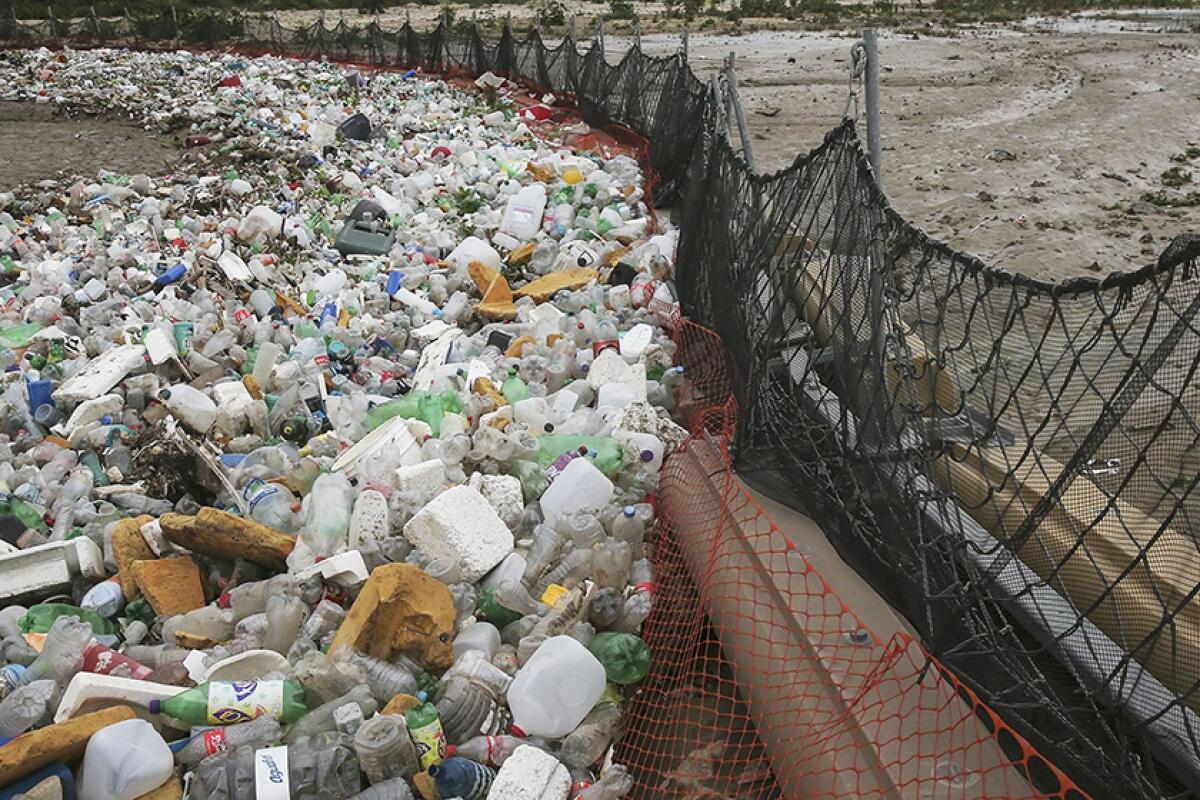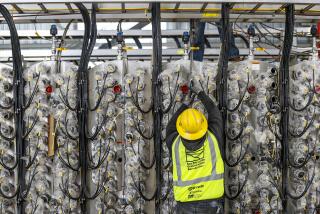San Diego County officials applaud Mexico groundbreaking of wastewater treatment plant

SAN DIEGO — Mexico has broken ground on a long-awaited replacement for a crumbling wastewater treatment plant in Baja California that officials said will dramatically reduce the discharge of sewage that has fouled San Diego and Tijuana shorelines.
The failing and outdated San Antonio de los Buenos treatment plant in Punta Bandera, about six miles south of the border, is one of the biggest sources of water pollution in the region. Every day, the facility releases millions of gallons of mostly raw sewage into the ocean that routinely reaches San Diego County’s southernmost beaches.
At a groundbreaking ceremony on Thursday with Imperial Beach Mayor Paloma Aguirre and U.S. Ambassador Ken Salazar, Baja California Gov. Marina del Pilar Ávila Olmeda said the launch of the project marked a major milestone in ending cross-border pollution after failed attempts under previous administrations. She vowed to have the project online this year.
“The promise is that on the last day of September, this treatment plant will be working,” said Ávila Olmeda. “No more beach closures.”
For Aguirre, the start of Mexico’s new treatment plant project feels like Imperial Beach and the surrounding communities are one step closer to accessing clean water.
“I think fixing Punta Bandera is one of the major fixes we need and it’s what we’ve been advocating for so long,” she said. “It’s exciting to think that once this source of pollution is eliminated, we will be able to have our beaches reopened during the summer and dry weather months.”
Mexico will pay for the $33-million project, which will consist of draining outdated lagoons that have failed to effectively treat wastewater. A new plant will instead have an oxidation ditch system made up of three independent modules and a 656-foot ocean outfall. It will have a capacity of 18 million gallons per day.
The project is one of several short- and long-term ones that Mexico and the U.S. vowed to take on under an agreement called Minute 328.
For the short-term projects, Mexico will invest $144 million to pay for the new treatment plant, plus fix pipelines and pumps. And the U.S. will use the $300 million that congressional leaders secured in late 2019 to fix and expand the outdated South Bay International Treatment Plant in San Ysidro , which serves as a backstop for Tijuana’s sewage.
The unspent funds on the U.S. side are insufficient, however, to complete the expansion because of deferred maintenance that has only worsened during heavy rainfall. Even more funding will be needed for the long-term projects, which include building a treatment plant in San Diego that would take flows from the existing diversion system in the Tijuana River.
Elected officials representing the San Diego region have been pleading for additional funding to get projects in the U.S. completed. Last year, President Biden asked that Congress grant $310 million more to fix the sewage crisis.
That has not yet happened.
Hours before the groundbreaking, Rep. Scott Peters took to the floor of the House of Representatives demanding that the funding be included in any upcoming spending deal.
“We should be embarrassed that Mexico is acting with more urgency than we are,” he said. “The more we delay in addressing cross-border pollution, the more costly and difficult it will be to fix in the future.”
The U.S. section of the International Boundary and Water Commission, which operates the South Bay plant, is soliciting proposals for the design and construction of the rehab and expansion project. On Tuesday, officials reported that more than 30 contractors from about 19 companies visited the site and expressed interest in bidding. Construction is slated to begin within one year of the contract being awarded.
Simultaneously, the IBWC has been pressure-testing a newly installed pipeline that replaced one that ruptured in Tijuana in 2022, resulting in sewage spilling over the border through the Tijuana River and into the ocean. Crews recently found new leaks in the new pipe and are repairing them, according to the IBWC.
Though infrastructure improvements were made in the 1990s and new efforts on both sides of the border are underway, Tijuana’s wastewater facilities have not kept pace with its population growth. Poorer communities also remain unconnected to the city’s sewer system.
More to Read
Sign up for Essential California
The most important California stories and recommendations in your inbox every morning.
You may occasionally receive promotional content from the Los Angeles Times.










